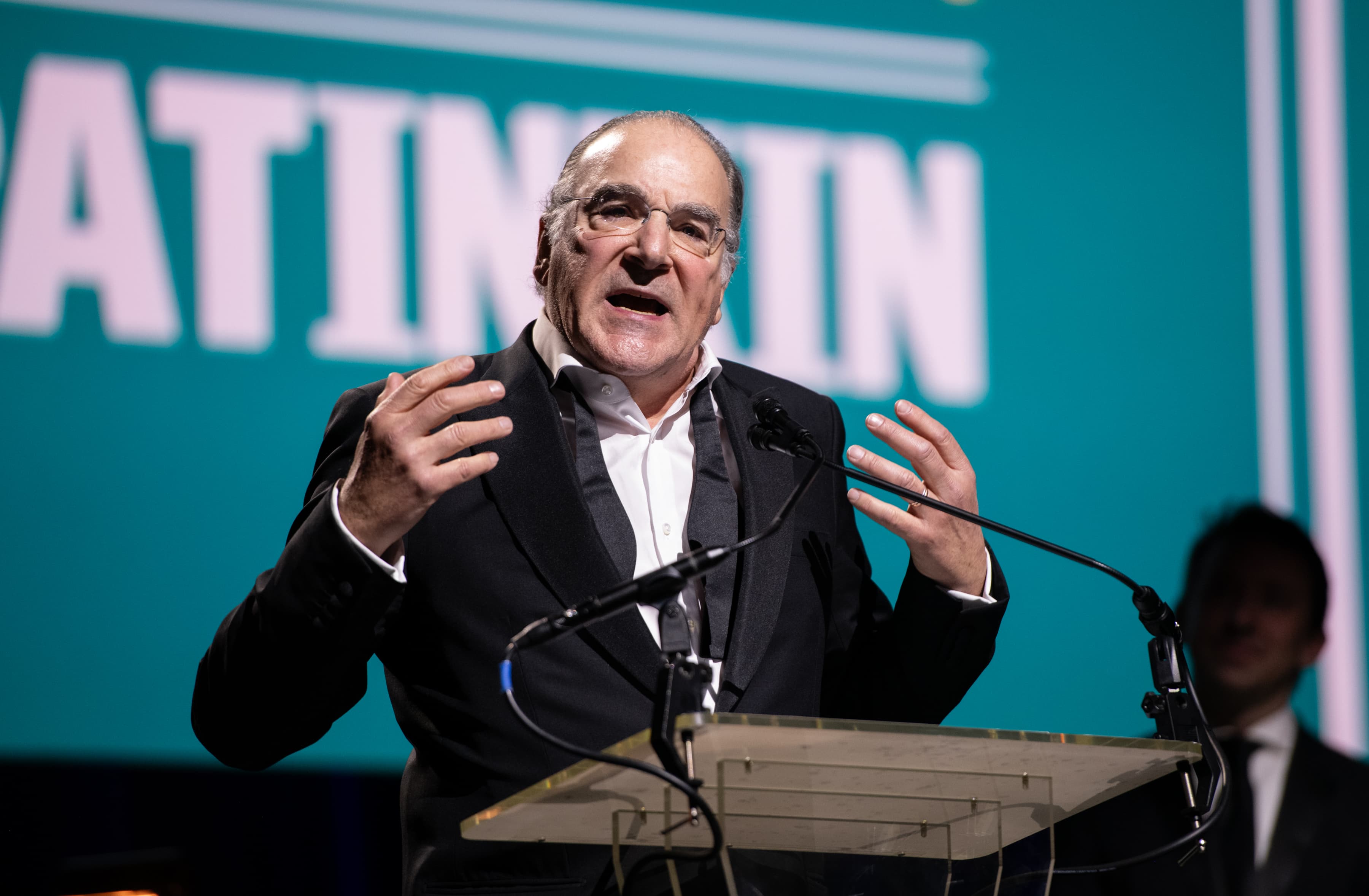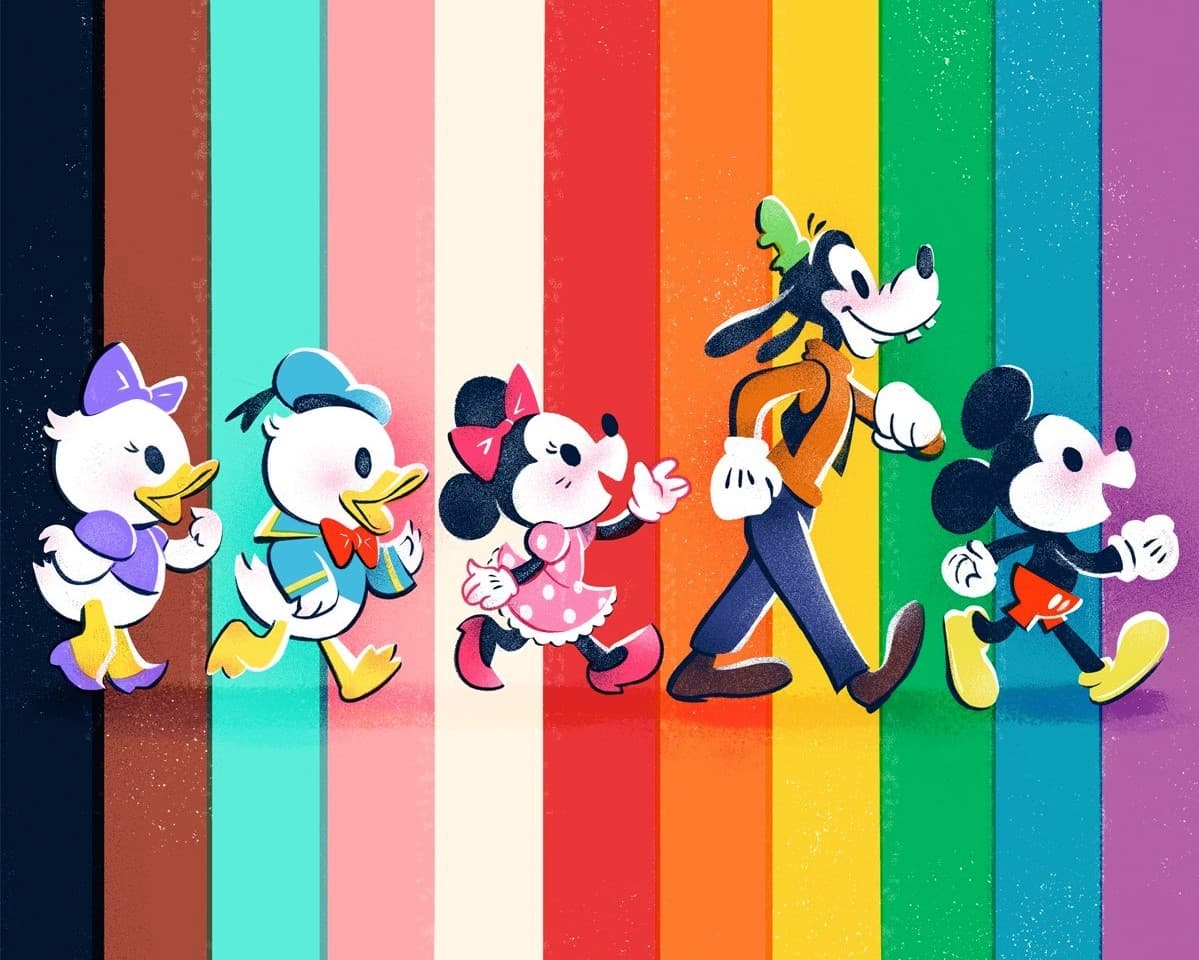Into the Woods (Review)
Into the Woods draws us into a world of witches and giants while fielding topics of infertility and infidelity

It’s only fitting that Disney is the studio behind the film adaptation of the hit Broadway musical Into the Woods. Who better, after all, than the cinematic keeper of the world’s fairy tales to bring to the screen James Lapine and Stephen Sondheim’s darkly amusing, psychologically probing look at the desires and demons of adulthood — a world where the simple utterance of the words “I wish” brings about severe consequences, a place where there is no “Happily Ever After” but rather a “We’ll Cope as Best We Can.”
It’s taken decades to get Into the Woods on screen, in large part due to the difficulty of bringing any major musical to screen. You have to find the right cast, the right director, create the right tone. Ironically, this is probably the best time for the film to surface, as over the past few years we’ve enjoyed a dismantling of fairy tale tropes in popular culture. Witness ABC’s Once Upon a Time, also produced by Disney, which has turned fairy tale shenanigans into the stuff of soap opera. And NBC’s Grimm, a procedural that takes a homicidal approach to the monsters of fairy tale lore. Then there’s the Shrek series, a ribald disfiguring of the fairytale world that eventually found its way onto Broadway in its own musical guise.
Into the Woods came first, however, and when it debuted on Broadway in the mid-‘80s one might have called it revolutionary. James Lapine and Stephen Sondheim selected a few well-known fairy tale figures — Cinderella, Rapunzel, Jack and the Beanstalk, Little Red Riding Hood — and swirled them into a confectionary storyline along with several generic figures — a baker and his wife, a manipulative witch, a couple of narcissistic princes, and a vengeful giant. The increasingly dark narrative not only picked off characters one-by-one but revealed their psychological underbellies, their neuroses, their fears, and their longings in a clever yet effectively simple format. Complexity came courtesy of Sondheim, whose lyrics and music for the show remain among his very best — and certainly most fully accessible from a melodic standpoint. Audiences responded enthusiastically; the initial Broadway run of the show at the Martin Beck Theatre banked $29 million.
Despite its accessibility, Into the Woods doesn’t compromise Sondheim’s abundantly clever, complicated lyrics and melody. The songs tell the story, sure. Yet, as with most Sondheim works, there is no suddenly breaking into song without rhyme or reason — they’re interwoven directly into the narrative; the players weave rapidly between interlocking bursts of dialogue and melodic rapture. This is not an easy thing to pull off on stage, let alone on screen. And when you add the aligning of several distinct storylines that ultimately must converge in ways both tragic and profound, the task become rather formidable.
Rob Marshall is one of the few contemporary film directors up to the task. He fully understands what it takes to transport a musical from the confines of the stage to the vastness of the screen. He’s tackled tougher projects: the tremendously successful, surreal Chicago, which won the Oscar for Best Picture, and the far less satisfactory and even more surreal Nine. But Into the Woods is Marshall’s finest work yet. He opens it up for the screen without going too far and yet retains a sense of intimacy. It’s grounded, replacing razzle-dazzle with full-on emotion. Marshall creates magnificent, showstopping moments out of several songs, including Cinderella’s lovely “On the Steps of the Palace,” breathtakingly performed by Anna Kendrick, and “Agony,” brilliantly sung by the two princes (Chris Pine and Billy Magnussen).
Anyone who feared Disney would sanitize the musical’s underlying themes (death, molestation, extramarital affairs) can breath a sigh of relief. There was tremendous hubbub earlier this summer when Sondheim claimed that one of the show’s best numbers, “Any Moment,” might be cut. Fear not. It’s there, sung by Emily Blunt in a performance of a lifetime. It’s glorious. And it will likely win Blunt a Golden Globe, if not an Oscar.
Vocally, Marshall has assembled a stunning cast. In addition to Blunt, there’s James Corden as the Baker: a genial, bearish fellow who ultimately serves as the show’s center. Two stunning performances by Daniel Huttlestone as Jack and Lilla Crawford as Riding Hood round out the company. Crawford, in particular, has a voice perfectly suited to Sondheim and her spry, beautiful rendition of “I Know Things Now” sticks with you long after the movie has ended.
Meryl Streep plays the witch to perfection — both in hag and glamorous form — but she isn’t the best possible singer. At times, it sounds as though she’s channelling Bernadette Peters, who originated the role on Broadway. Obviously, there was no way they could have cast Peters and ensured box office success. Yet those familiar with the Broadway cast will long to see her perform the role that, in only five months in 1987, she made iconic. (Listen to the cast album, you’ll see what I mean.) Streep’s big number, “Last Midnight” should bring the house down and yet it’s one of the rare moments where the movie gets a little too caught up in intrusive visual bombast.
The biggest misstep Marshall makes — and I’m not sure it was of his choosing — was the reconfiguring of Riding Hood’s wolf into a child molestation theme. The material allows for it, but it’s hidden beneath Sondheim’s artful lyrics. “There no way to describe how you feel,” sings the wolf, “when you’re talking to your meal.” Perhaps it would have been a bit much to have Depp outfitted in full Wolf garb, as CGI or in makeup, but the solution they settled on (a zoot-suit with a tail and whiskers sticking out of Depp’s face that look like pipe cleaners run amok) doesn’t jive with the naturalistic visual tone occupied by the rest of the film. Depp’s performance is icky and unseemly. And perhaps that’s the point. But again, Sondheim used cleverness to instill a molestation metaphor. Marshall literalizes the idea by having Depp’s seducer flash candy at Riding Hood. It’s odd that Disney allowed such overt references through. Fortunately, it’s only one number, is over with early, and does not taint what follows.
Into the Woods has been in release for a few weeks now, and it’s holding its own at the box office. But it’s also not what I’d call a runaway blockbuster. Live-action musicals remain hard sells. And Sondheim musicals are, one can argue, the hardest sells of all. They’re sophisticated affairs, requiring full concentration and engagement from the audience. Yet Marshall and company succeed at the impossible, drawing us into a world of witches and giants and princes and dealing with themes of infertility, emerging sexuality and the loss of a loved one. The result, at least at the screening I attended, was an audience that burst into loud, prolonged cheers of approval at the film’s end. And that definitely qualifies as a happily ever after.
Into the Woods (![]()
![]()
![]()
![]() ) is Rated PG and runs 125 minutes. Now playing at area theaters.
) is Rated PG and runs 125 minutes. Now playing at area theaters.
Support Metro Weekly’s Journalism
These are challenging times for news organizations. And yet it’s crucial we stay active and provide vital resources and information to both our local readers and the world. So won’t you please take a moment and consider supporting Metro Weekly with a membership? For as little as $5 a month, you can help ensure Metro Weekly magazine and MetroWeekly.com remain free, viable resources as we provide the best, most diverse, culturally-resonant LGBTQ coverage in both the D.C. region and around the world. Memberships come with exclusive perks and discounts, your own personal digital delivery of each week’s magazine (and an archive), access to our Member's Lounge when it launches this fall, and exclusive members-only items like Metro Weekly Membership Mugs and Tote Bags! Check out all our membership levels here and please join us today!


























You must be logged in to post a comment.